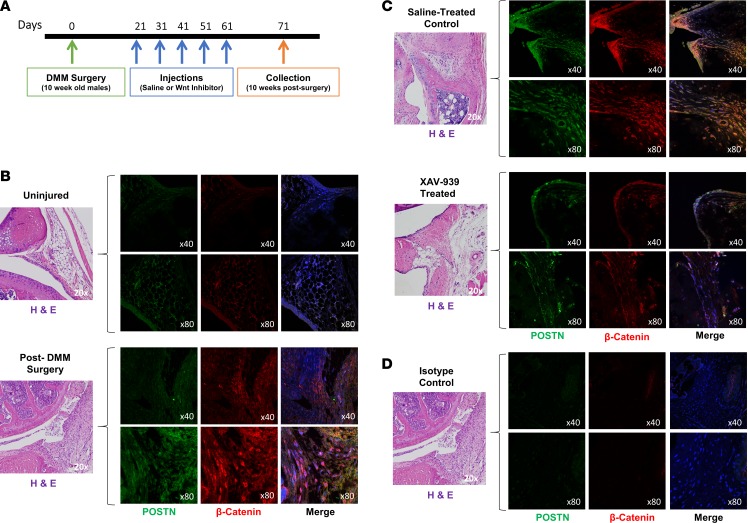Figure 1. Wnt signaling is upregulated in the joint after injury.
(A) Ten-week-old male mice were subjected to destabilization of the medial meniscus (DMM) surgery. Three weeks after injury, they were injected intra-articularly with saline or Wnt inhibitor every 10 days for a total of 5 times, and knee joints were collected 10 weeks after surgery. (B and C) Synovial tissue was stained by immunofluorescence for β-catenin (red) and periostin (POSTN) (green), a marker of fibroblasts. DAPI (blue) was used as a counterstain, and yellow indicates costaining of Wnt activation in fibroblasts. (B) Uninjured joints and joints after DMM surgery show upregulation of Wnt/β-catenin signaling after injury and increased periostin-positive cells in the synovium. (C) Saline-treated controls, compared with XAV-939–treated joints, indicate that treatment abrogated Wnt/β-catenin signaling in synovial fibroblasts. (D) Additional sections from the same joint from after DMM surgery were used as the isotype control. Images from the same joint region were used, although they are from separate sections. The H&E image is therefore reused from B. The representative isotype control shows no significant staining. Original magnification, ×40 (top rows); ×80 (bottom rows).

